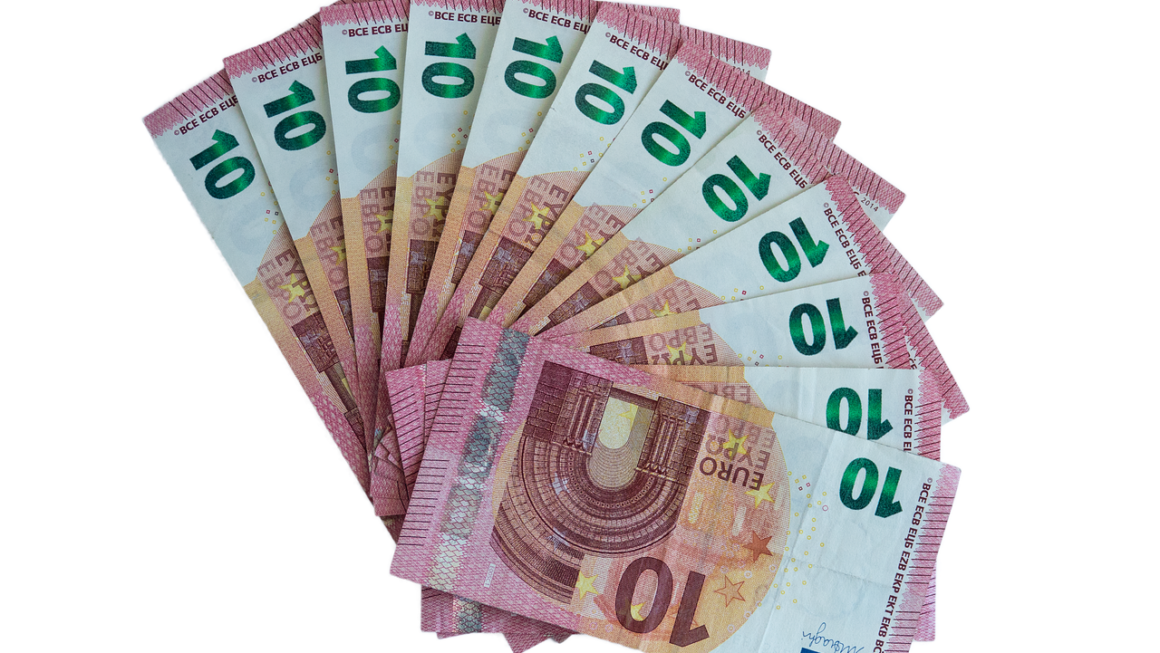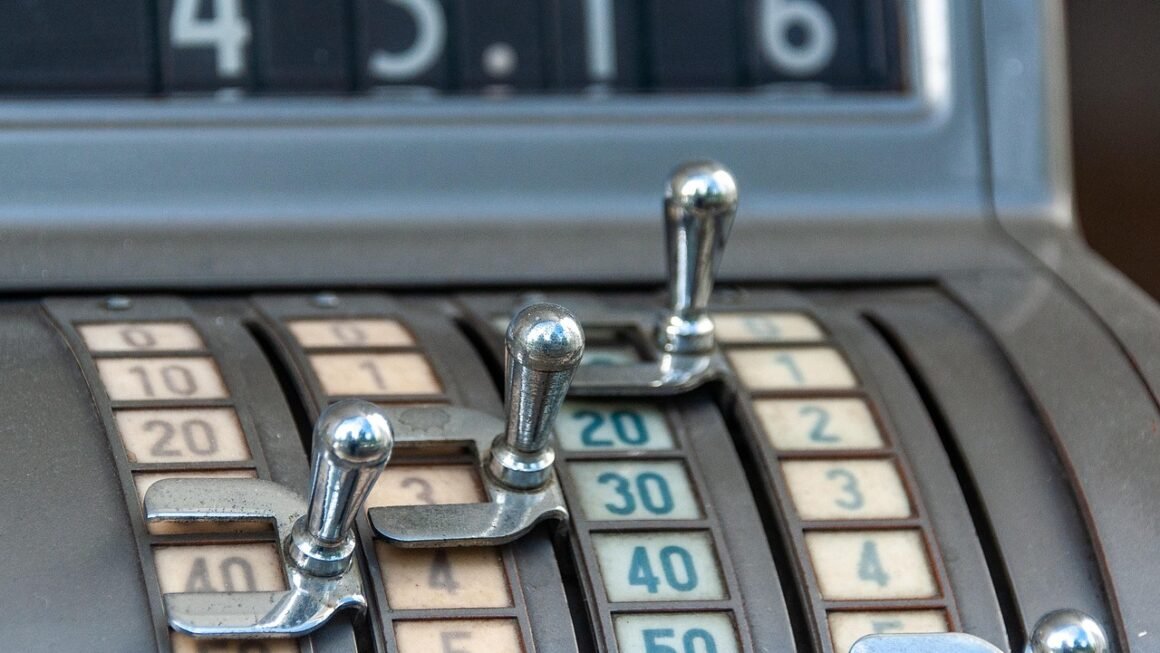Forex Trading: A Comprehensive Guide for Beginners
- Introduction
Forex trading, also known as foreign exchange trading, is the process of exchanging one currency for another. It’s a vast and lucrative market where individuals and institutions trade currencies to profit from fluctuations in their values. Whether you’re a seasoned trader or a newcomer, understanding the basics of forex trading is crucial for success.
Understanding the Market
Types of Currency Pairs
Forex trading involves exchanging currency pairs, which are represented as three-letter codes. The most traded pairs include:
- Majors: EUR/USD, USD/JPY, GBP/USD, USD/CHF
- Minors: EUR/GBP, USD/CAD, AUD/USD
- Exotics: TRY/JPY, THB/USD, MXN/EUR
Market Participants
The forex market consists of various participants, including:
- Banks and financial institutions: Major players that provide liquidity and set bid-ask prices
- Hedge funds and investment firms: Speculate on currency movements to generate profits
- Central banks: Intervene in the market to influence currency values
- Retail traders: Individuals who trade currencies for profit
The Basics of Trading
Types of Forex Orders
Traders can place different types of orders in the forex market:
- Market order: Buys or sells at the current market price
- Limit order: Executes when the price reaches a specified level
- Stop order: Enters the market when the price moves beyond a certain point
- Trailing stop order: Automatically adjusts the stop loss level as the price moves in a favorable direction
Spread and Leverage
- Spread: The difference between the bid and ask price, which represents the broker’s fee
- Leverage:* Borrowing funds from the broker to increase potential profits (but also losses)
Risk Management
Risk-Reward Ratio
Consider the potential profit and loss of a trade before entering the market. The risk-reward ratio should be skewed in your favor.
Stop-Loss Orders
Use stop-loss orders to limit potential losses by automatically exiting a trade when the price falls below a certain level.
Position Sizing
Determine the appropriate trade size based on your risk tolerance and account balance. Avoid over-leveraging.
Technical Analysis
Candlestick Patterns
Candlestick charts provide visual representations of price movements. Traders use candle patterns to identify potential trading opportunities.
Moving Averages
Moving averages smooth out price data and provide insights into market trends.
Expert Advisors
Automated trading software that allows traders to set predetermined criteria for buying and selling currencies.
Conclusion
Forex trading offers opportunities for profit, but it’s essential to approach it strategically. By understanding the market, mastering the basics of trading, managing risk effectively, and using technical analysis, you can increase your chances of success in this dynamic and challenging field. Remember to trade with caution, continuously educate yourself, and seek guidance from experienced traders or financial professionals as needed.



